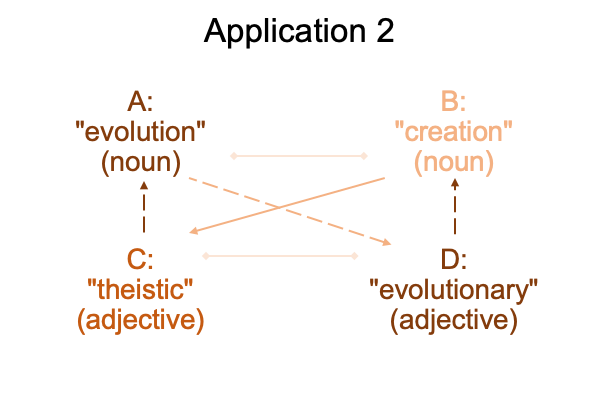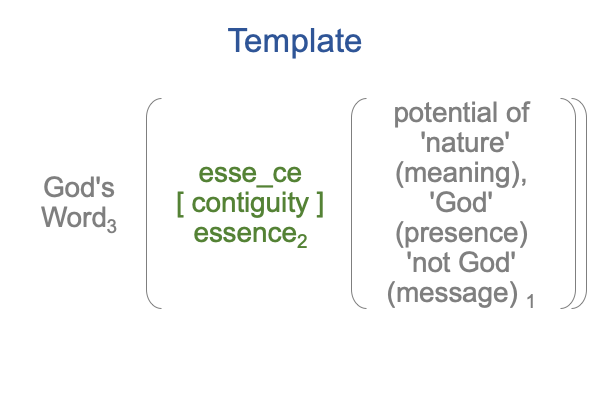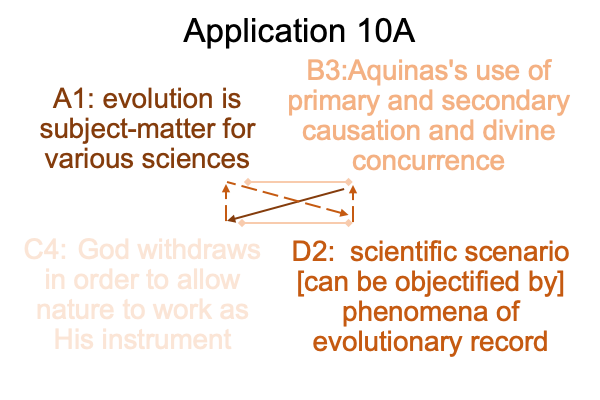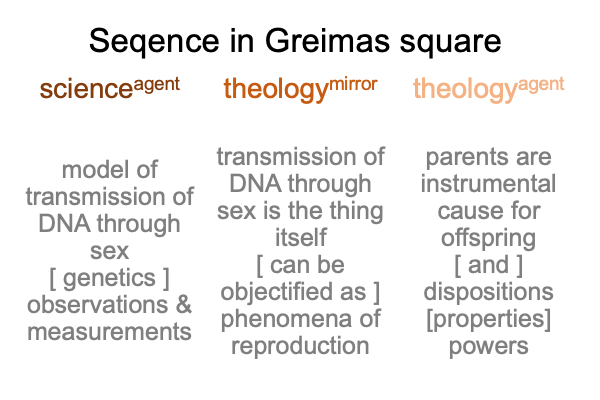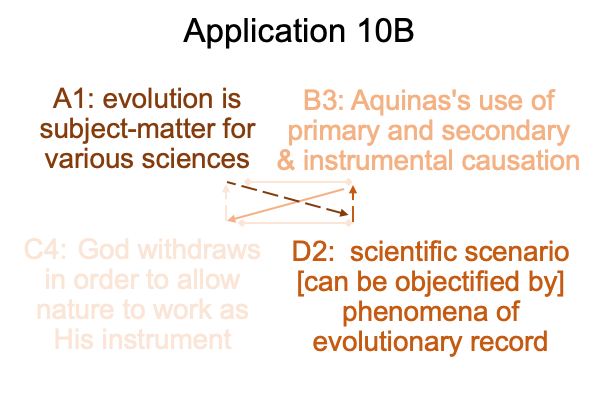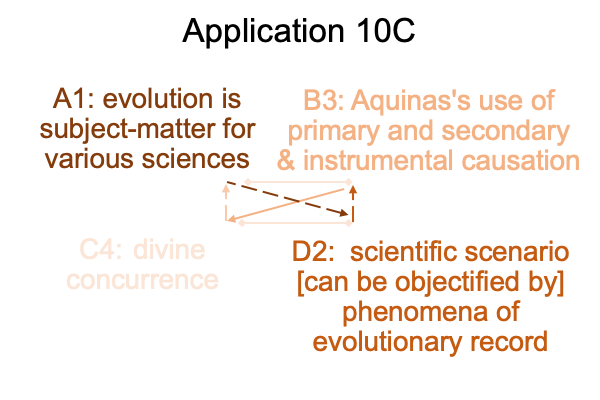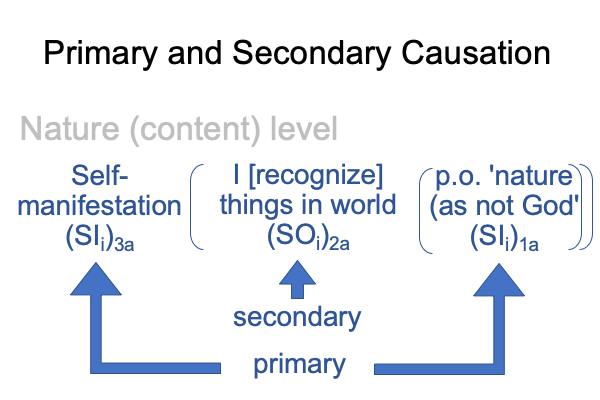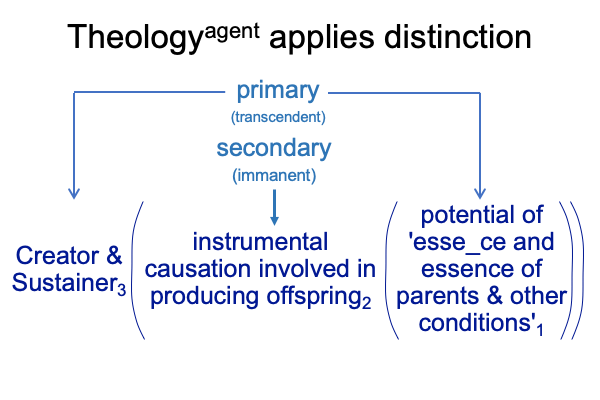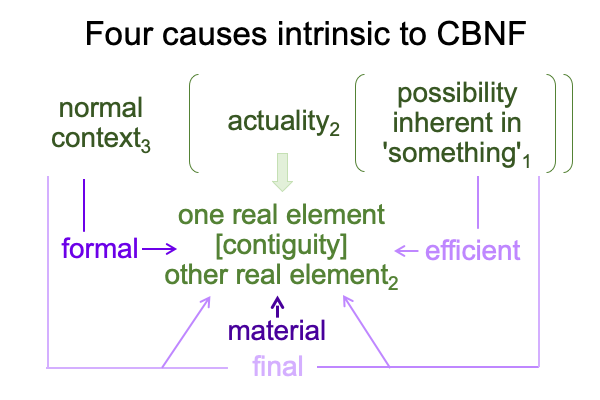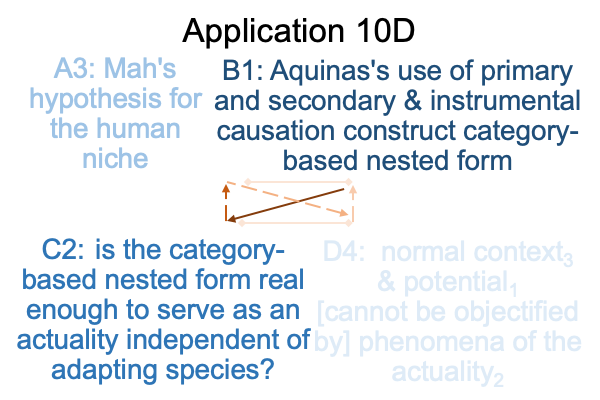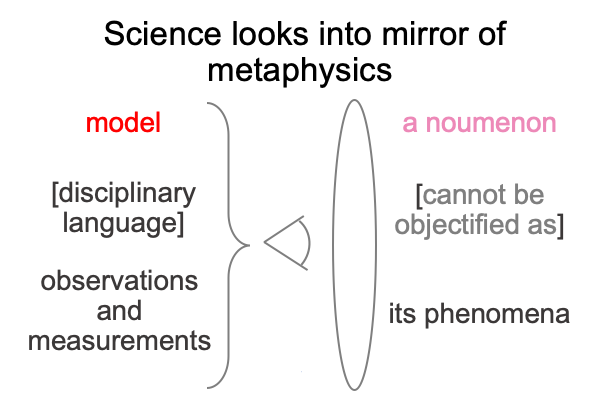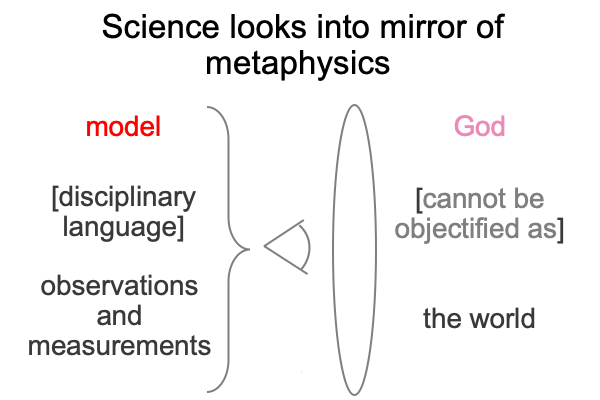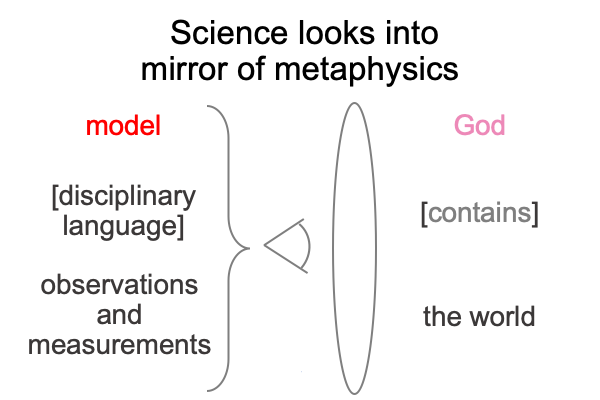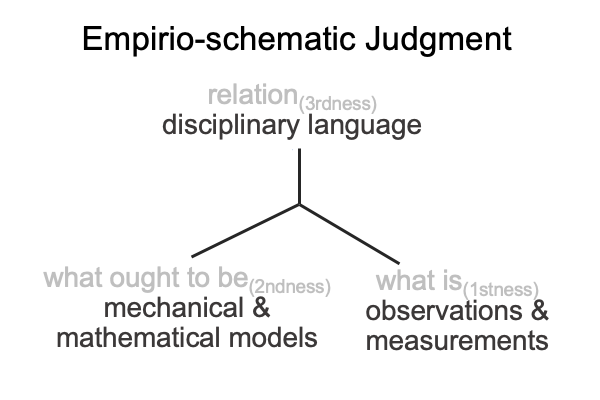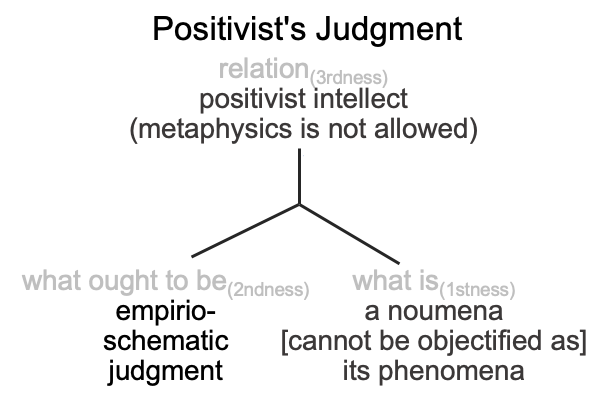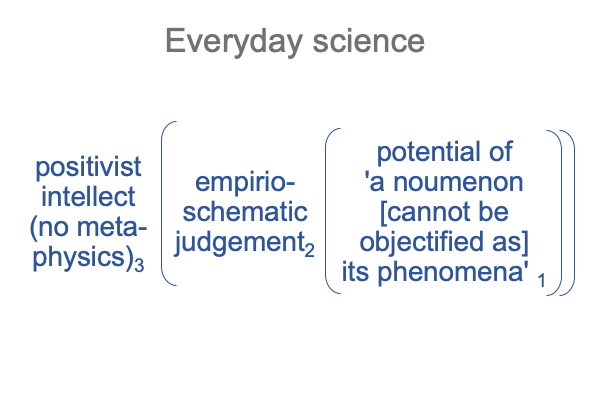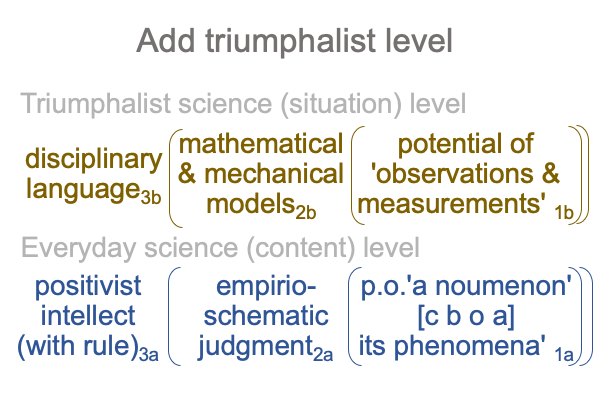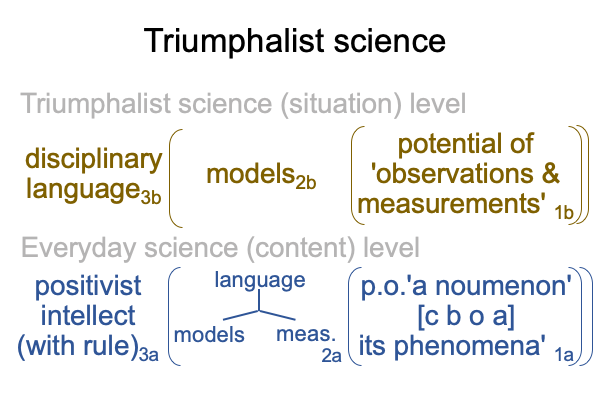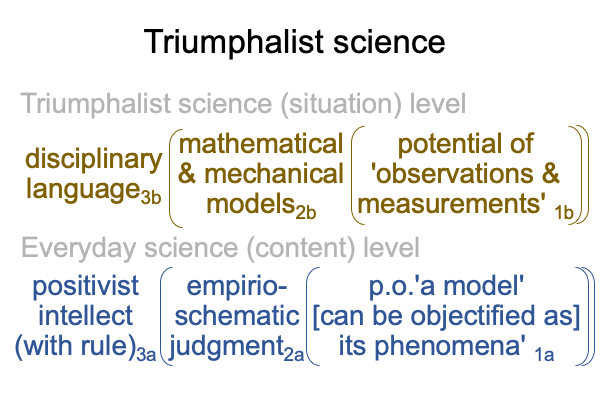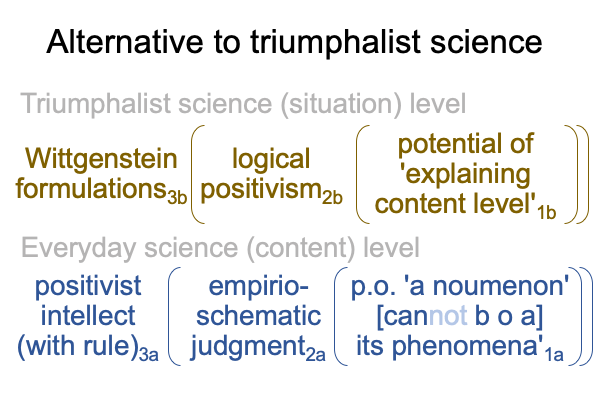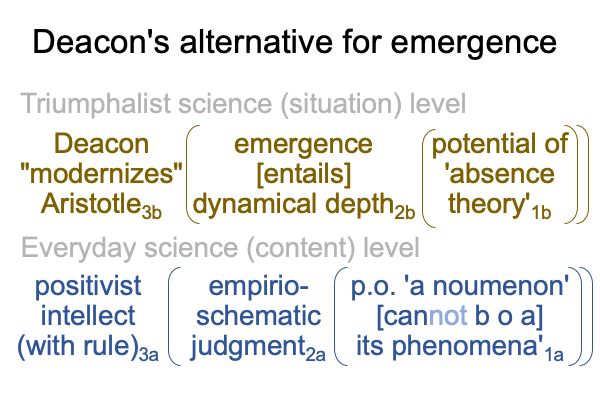Looking at Mariusz Tabaczek’s Book (2024) “Theistic Evolution” (Part 17 of 21)
0802 At the end of the second plate, Tabaczek responds to an objection (section 5.3).
Fortunately (for me), the objection comes from a fellow Thomist, Michal (in English, Michael) Chaberek. Razie Mah has already considered one of Chaberek’s articles. See Comments on Michal Chaberek’s Essay (2019) “Classical Metaphysics and Theistic Evolution”, available at smashwords and other e-book venues.
Unfortunately (for me), I suspect that Tabaczek may object to my examination of Chaberek’s work.
But, why should I worry?
Tabaczek is in the kitchen and I am on the third… or is it the fourth plate?… of his intellectual banquet.
So, to me, I hear Tabaczek’s objection. But, I am like a patron sitting in a restaurant when a little squabble takes place in the kitchen. I cannot frame the dispute very well. But, I hear raised voices and I know it is everyone in the kitchen potentially has a knife.
0803 The kerfluffle concerns the definition of the term, “species”.
Tabaczek offers a list of the categories of interest.
I present my own list. As soon as the list meets the reader’s eyes, the reader should know where I am going with this.
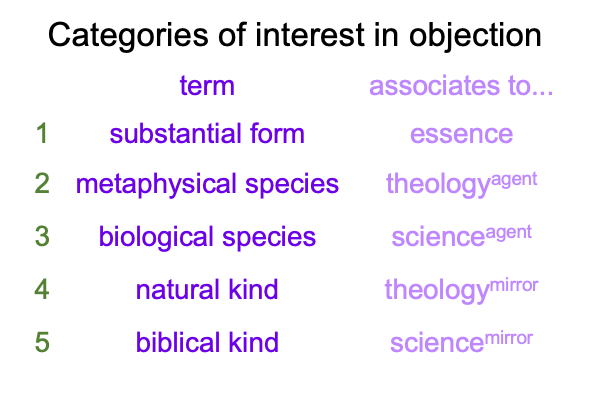
0804 Of course, items two through five may be regarded as a manifestation of item one.
I wonder, “Does Chaberek conflate items two through five with term one? Does he fail to differentiate items two through five sufficiently?”
Who cares? The fourth plate still tastes great. Plus, it shows the difficulties faced by the proponents of theistic evolution.
0805 Here is the Greimas square.
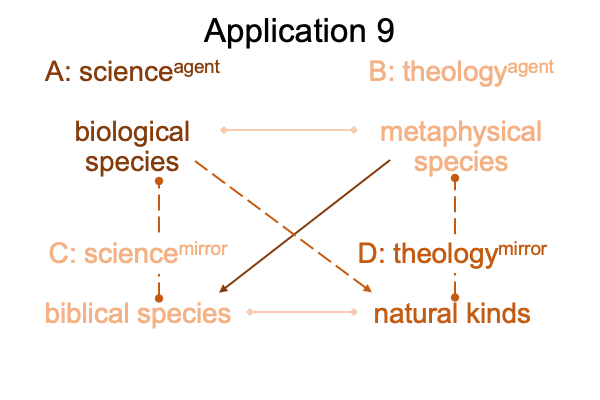
When a scienceagent (A) looks at the image of theologyagent in the sciencemirror (C), he sees “biblical kinds”.
Oh, “biblical kinds” are not scientific. Therefore, the term can be readily ignored.
0806 To me, this indicates that, despite Tabaczek’s objection to Chaberek’s apparent misconceptions, the advocates of theistic evolution need to choose their intellectual battles carefully.

